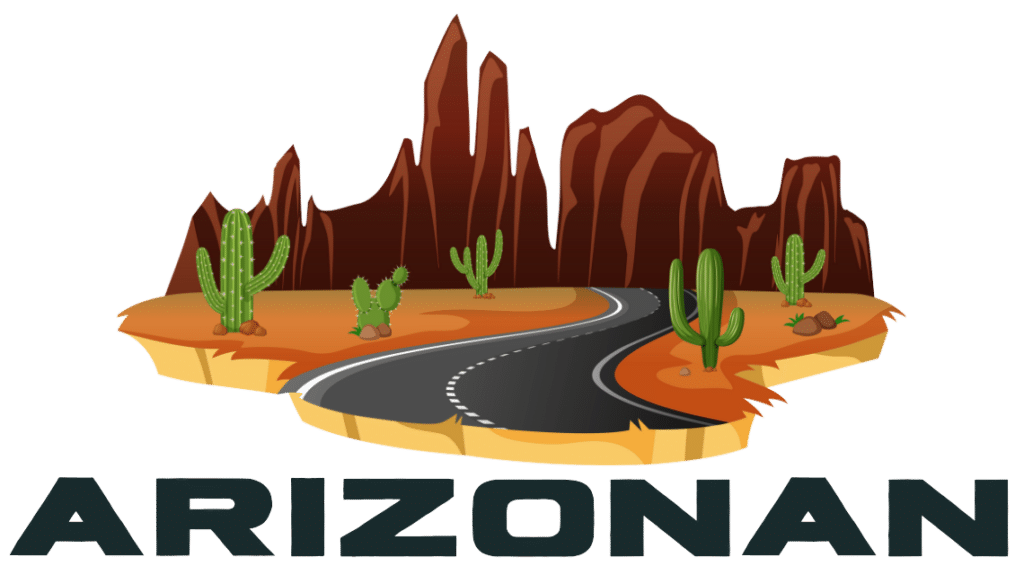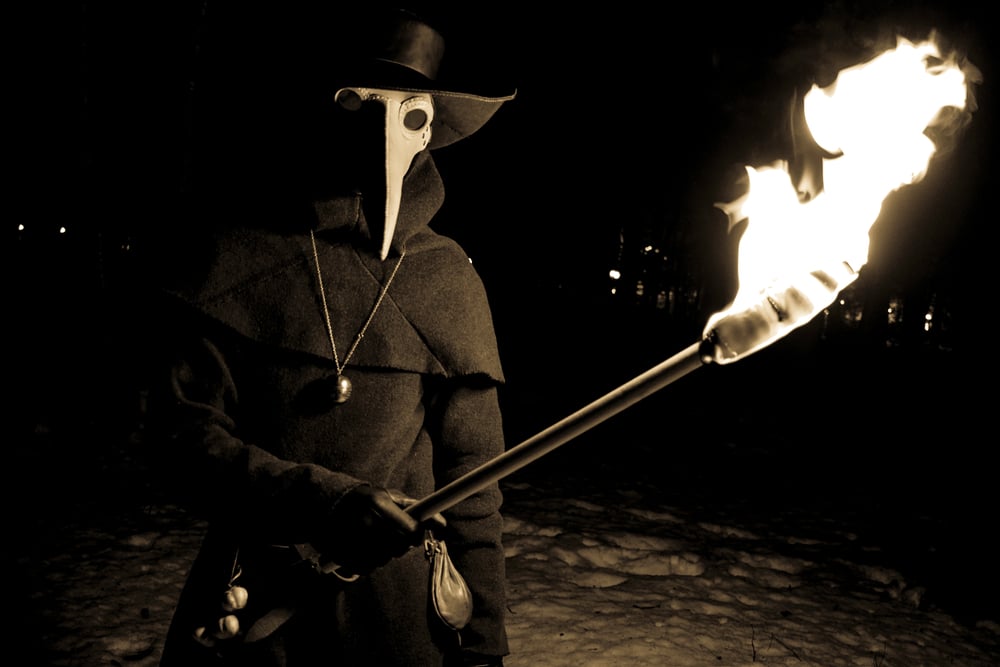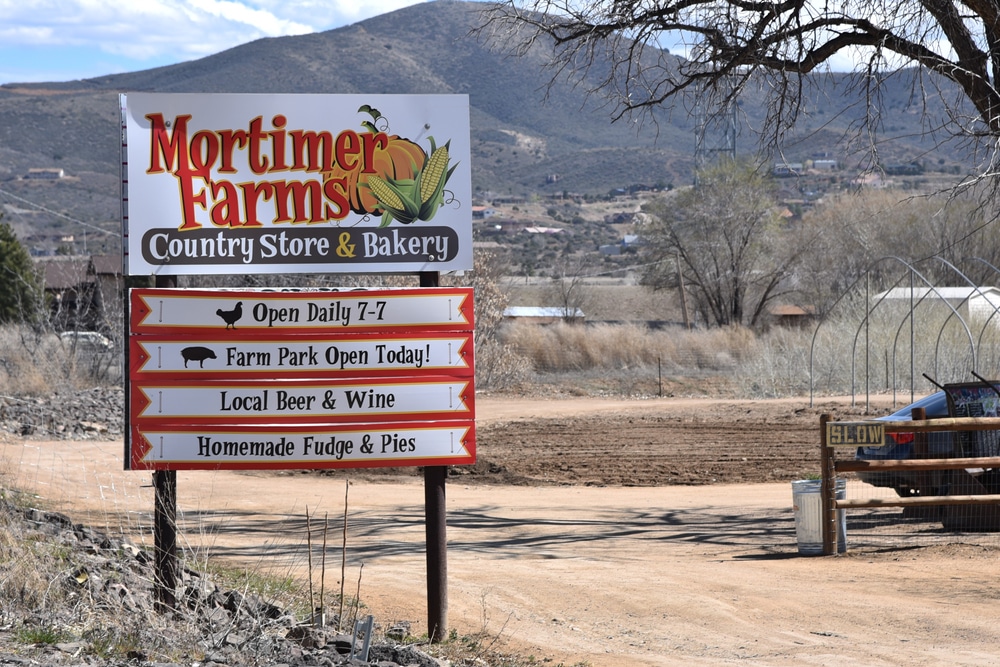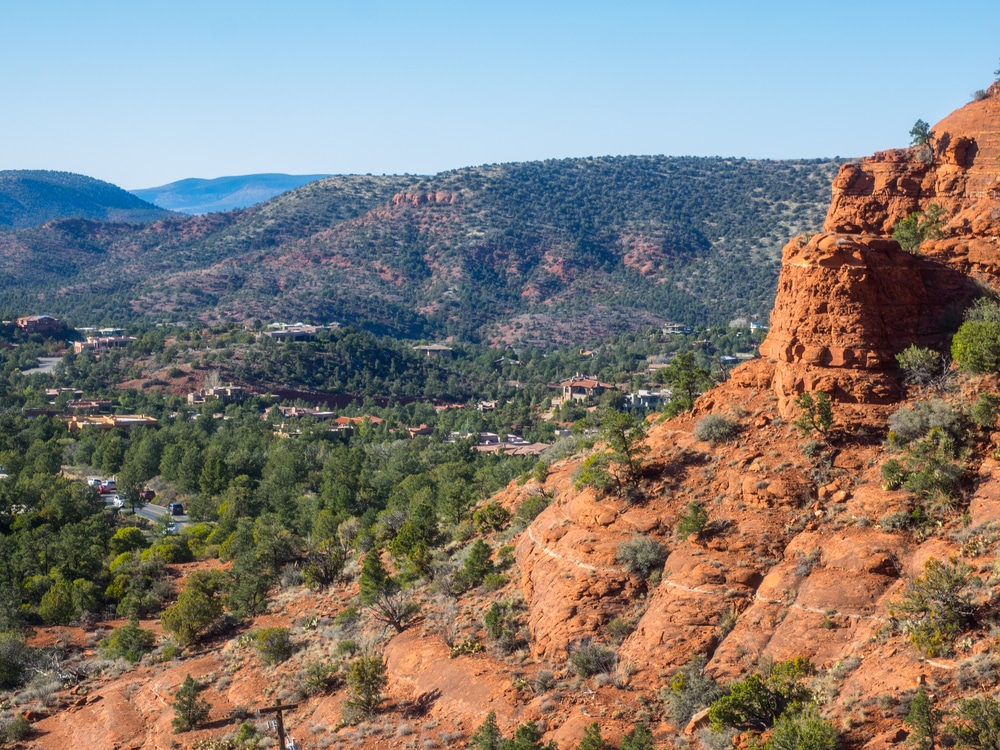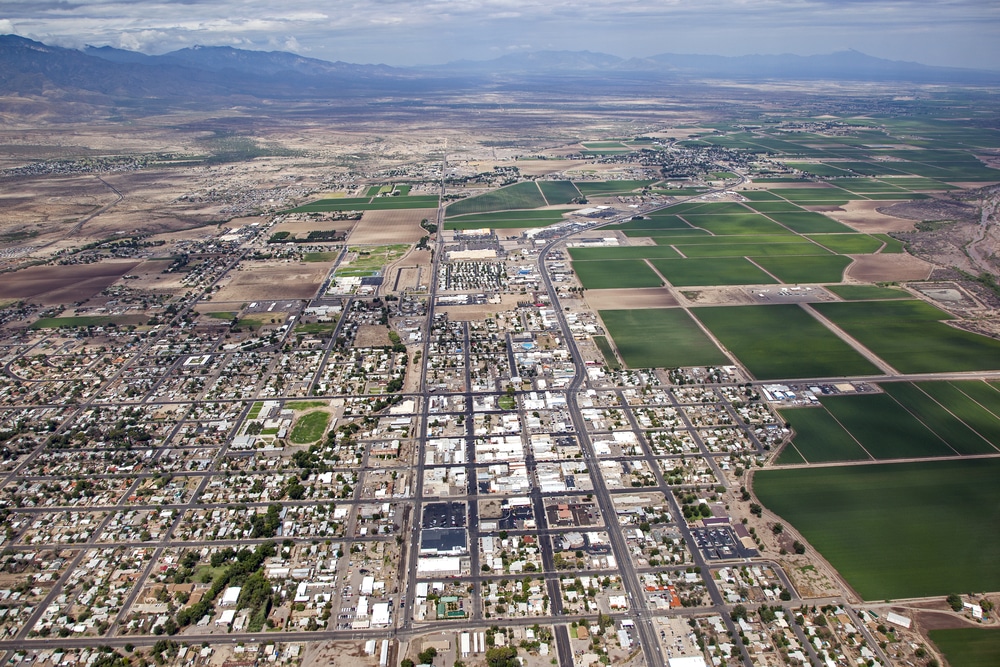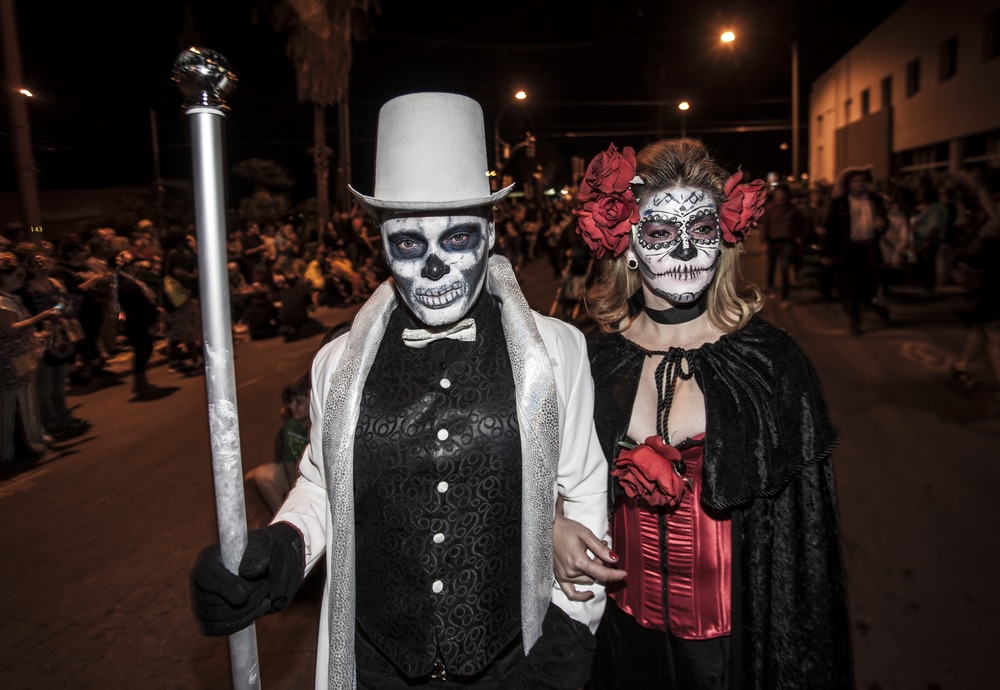November brings one of the most meaningful and visually spectacular cultural celebrations to the borderlands of southern Arizona as Nogales honors the ancient tradition of Día de los Muertos. This internationally recognized Day of the Dead celebration transforms downtown Nogales into a vibrant canvas of Mexican culture, featuring elaborate altars, folkloric performances, and community gatherings that honor departed loved ones while celebrating the continuity of life. The celebration represents far more than a festival—it serves as a living bridge between Mexican traditions and American communities, showcasing the rich cultural heritage that defines the borderlands experience. From the intricate face painting that transforms participants into elegant Catrinas to the towering skeletal figures that grace Morley Avenue, this annual celebration offers visitors an authentic introduction to one of Mexico’s most beloved and misunderstood traditions.
Authentic Cultural Experience
The Nogales Day of the Dead celebration stands out among Arizona’s cultural events for its authentic connection to Mexican traditions and its role in preserving cultural knowledge for future generations. The event’s proximity to the Mexican border ensures that traditional elements remain genuine and culturally accurate, as many participants and organizers maintain direct connections to Mexican communities where these traditions continue to thrive. The celebration attracts thousands of visitors who fill downtown Nogales with colorful costumes, elaborate face paint, and genuine reverence for the cultural significance of the occasion. The multi-day celebration typically extends from October 31 through November 2, following the traditional timeline that honors children on November 1st and adults on November 2nd.
Sacred Altars and Visual Spectacle
The visual spectacle of the Nogales celebration centers around the creation of elaborate ofrendas (altars) that serve as focal points for remembering and honoring departed family members and friends. These community altars, constructed by local schools, cultural organizations, and family groups, showcase traditional elements including marigold flowers, photographs of the deceased, favorite foods and beverages, candles, and personal mementos that celebrate individual lives. The Cultural Arts Committee and participating schools contribute displays that demonstrate the educational value of the celebration, teaching visitors about the cultural significance of various symbols and traditions associated with Día de los Muertos.
Entertainment and Performances
The entertainment programming features authentic folkloric performances by groups such as Ballet Folklórico Allewame, whose dancers perform traditional Mexican dances in elaborate costumes that reflect regional cultural variations. Live music throughout the celebration includes mariachi performances, contemporary Mexican music, and cultural presentations that educate audiences about the historical and spiritual dimensions of Day of the Dead traditions. The combination of visual arts, musical performances, and educational programming creates an immersive cultural experience that appeals to both Mexican-American families maintaining cultural connections and visitors seeking to understand this beautiful tradition.
Event Details
📅 Dates: November 1-2, 2025 (Friday & Saturday)
Primary Celebration: Downtown Nogales, Morley Avenue area
Extended Programming: October 31 – November 2 (traditional timeline)
📍 Location: Downtown Nogales, Arizona
Primary Venue: Morley Avenue and Karam Park area
Additional Sites: Various downtown locations with altar displays
🎫 Admission: FREE community celebration
Contact Information
📞 Nogales Chamber of Commerce: Primary coordination
Cultural Arts Committee: Programming and altar coordination
City of Nogales: Event logistics and municipal support
Featured Programming
🎭 Programming includes:
- Ballet Folklórico Allewame performances
- Live mariachi and traditional Mexican music
- Elaborate community altar displays (ofrendas)
- Face painting and traditional costume contests
- Cultural education programming
- Food vendors with traditional Mexican specialties
- Children’s activities and family programming
- Procession through downtown area
Cultural Elements
🎨 Experience includes:
- Giant Catrina figures and skeletal displays
- Traditional altar construction and decoration
- Authentic Mexican folk dance performances
- Educational displays explaining Day of the Dead traditions
- Community participation in costume and face painting
- Photography opportunities (restrictions during sacred moments)
Traditional Foods
🍴 Culinary offerings:
- Pan de muerto (traditional Day of the Dead bread)
- Sugar skulls and traditional candies
- Mexican street food and regional specialties
- Traditional beverages and seasonal treats
- Food vendors representing local Mexican restaurants
Cultural Guidelines
📋 Respectful participation guidelines:
- Respectful participation encouraged
- Photography restrictions during certain sacred performances
- Educational focus on authentic cultural understanding
- Family-friendly programming throughout
Educational Mission
The educational mission of the Nogales celebration ensures that visitors gain genuine understanding of Day of the Dead traditions rather than superficial exposure to colorful costumes and imagery. Community leaders and cultural organizations work together to provide context for the various elements of the celebration, explaining the spiritual beliefs and cultural practices that make Día de los Muertos a meaningful tradition for millions of people. School participation includes student-created displays and presentations that demonstrate how cultural education serves multiple generations while preserving important traditions.
Binational Character
The celebration’s binational character reflects the unique position of Nogales as a border community where Mexican and American cultures intersect daily. Many participants cross freely between Nogales, Arizona, and Nogales, Sonora, creating a truly international celebration that demonstrates the cultural continuity that exists along the border. The parallel celebrations in both cities create opportunities for visitors to experience different interpretations of the same traditions while appreciating the ways that cultural practices adapt to different national contexts.
Artistic Excellence
The artistic elements of the celebration showcase exceptional creativity and craftsmanship, from the towering Catrina figures created by local artists to the intricate face painting that transforms participants into living works of art. The costume contests celebrate both traditional elements and contemporary interpretations, encouraging participants to express their understanding of Day of the Dead symbolism through personal artistic choices. The community altars represent collaborative artistic projects that bring together multiple families and organizations in shared acts of remembrance and celebration.
Community Impact
The economic impact of the Day of the Dead celebration extends throughout the Nogales area, bringing visitors who patronize local restaurants, shops, and services while contributing to the region’s reputation as a destination for authentic cultural experiences. Many visitors combine their Day of the Dead participation with exploration of the broader Santa Cruz County area, including wine tasting, hiking, and visits to historic sites that showcase the region’s multicultural heritage. Local businesses often extend hours and create special promotions during the celebration, maximizing the economic benefits of increased cultural tourism.
Cultural Identity and Heritage
The celebration serves important functions in maintaining cultural identity and intergenerational knowledge transfer within Mexican-American communities. Young people who participate in the celebration gain firsthand experience with traditions that connect them to their heritage while developing pride in their cultural background. The community-wide nature of the event creates opportunities for cultural exchange and understanding between different ethnic groups while celebrating the diversity that enriches border communities.
Historical and Spiritual Significance
The timing of the celebration corresponds with the traditional Catholic observances of All Saints Day and All Souls Day, demonstrating how Day of the Dead traditions represent syncretic practices that combine indigenous Mexican beliefs with European religious influences. This cultural blending reflects the complex history of Mexican culture and provides educational opportunities for visitors interested in understanding how contemporary traditions develop from historical cultural interactions.
Conclusion
The Nogales Day of the Dead celebration offers visitors an exceptional opportunity to experience authentic Mexican cultural traditions in a welcoming community setting that emphasizes education, respect, and genuine cultural understanding. This meaningful celebration combines artistic excellence with spiritual significance, community involvement, and cultural preservation in ways that create lasting impressions for participants of all backgrounds. The event’s continued growth and popularity demonstrate the enduring appeal of celebrations that prioritize cultural authenticity over commercial entertainment, making it an essential experience for anyone seeking to understand the rich cultural heritage that defines Arizona’s borderlands communities.
